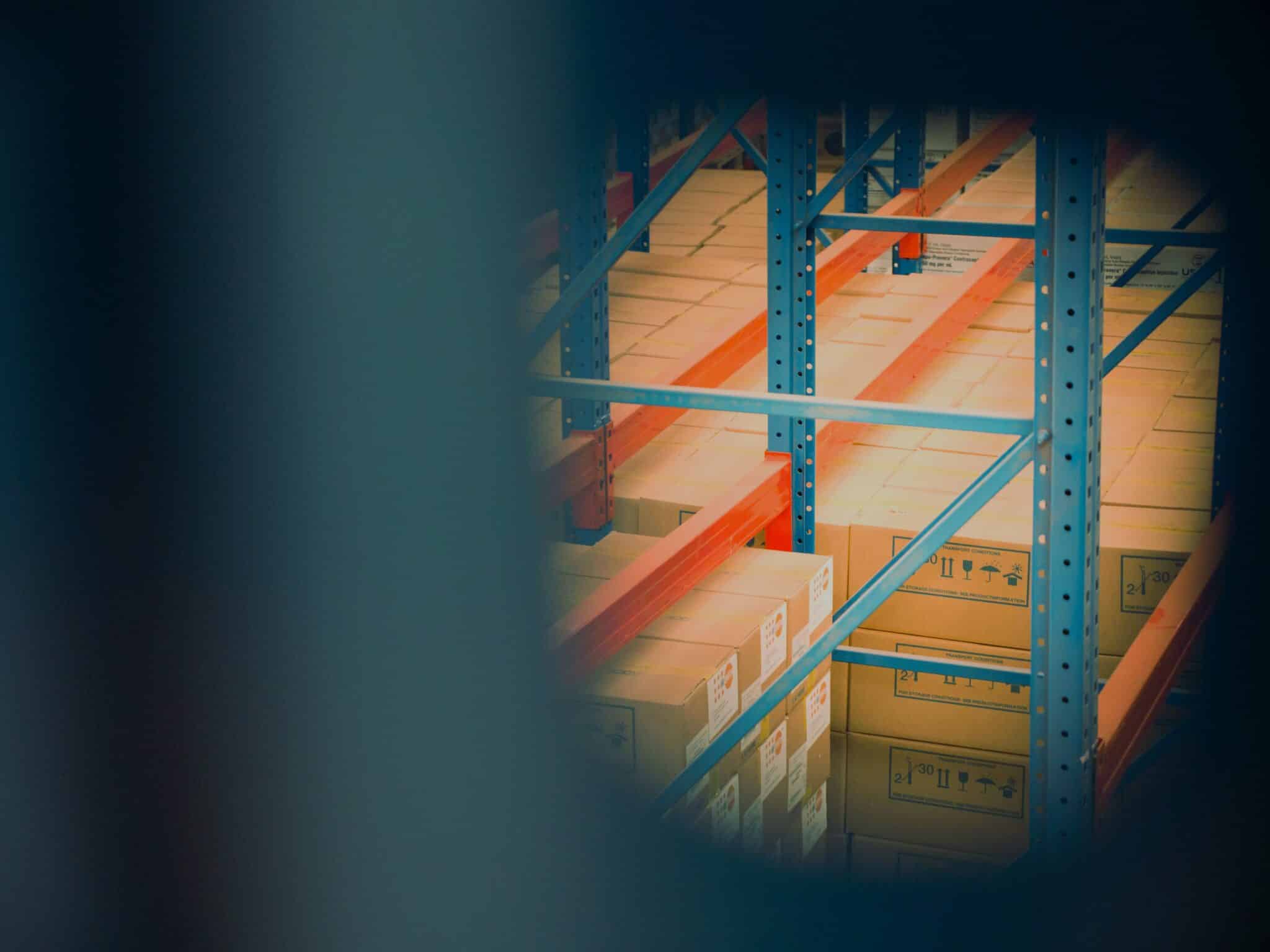Global suppliers, lean inventory, and cost-effective manufacturing – these had been the defining features of traditional supply chain management. Cheap labor and lower manufacturing costs compelled organizations across various industries to rely on suppliers based out of Asia, particularly China.
Then the COVID-19 pandemic brought the global supply chain to a screeching halt.
It wouldn’t be right to say that the novel coronavirus created new challenges in supply chain management. Instead, it exposed the numerous cracks and vulnerabilities that already existed in a globally distributed supply chain.
As vaccination drives slowly bring the world back to normalcy, companies are focused on optimizing their supply chain and preparing for service disruptions in the future. From the deployment of advanced digital technologies to an increased emphasis on supply chain quality assurance – a complete overhaul of supply chain management is already underway.
In this article, we’ll take a look at the impact of the COVID-19 pandemic on the global supply chain. Also, we’ll delve deeper into how companies are reinventing supply chain management for the post-pandemic world. Let’s get started.
Cracks in the Supply Chain: A Pre-Pandemic Overview
Even before the COVID-19 pandemic, many organizations had started questioning the effectiveness of deploying a global supply chain. While product integrators, component suppliers, and manufacturers in specific parts of the world offered lower costs, depending on them amplified the length of the supply chain.
It resulted in a higher carbon footprint with extensive greenhouse gas emissions and energy consumption.
Also, the reliance on Chinese manufacturing units and suppliers had been declining due to the ongoing U.S.-China trade war. The rise of protectionism in the U.S. and U.K. was also leading companies to search for alternate locations that could serve as a base for their supply chain.
Historically, natural disasters, economic slowdowns, and geopolitical conflicts have also dealt an occasional blow to global supply chain management.
The Impact of COVID-19 on Supply Chain Management
Despite realizing the risks of depending on a global supply chain, companies did little to optimize their processes. Even at the start of the pandemic, hundreds of Fortune 500 companies worked with suppliers in Wuhan, the city where the outbreak is believed to have originated.
So, when the government authorities mandated the closure of manufacturing units and factories in various parts of China, supply chain operations across the globe ground to a screeching halt. It was followed by national lockdowns and mandatory quarantine guidelines in other countries where companies had offshored manufacturing.
Moreover, nationwide lockdowns resulted in a massive disruption to all forms of transportation. From passenger airlines to the railways – every mode of transportation was thrown into disarray. It further intensified the challenges resulting from manufacturing plant closures.
Delays in shipping orders to end customers became commonplace. Similarly, manufacturers struggled to procure raw materials for production. Supply chain executives were at their wits’ end trying to keep up with the changing production schedules and delays.
On top of that, organizations had to deal with fluctuations in demand. While the demand for certain products, such as medical supplies and household items, skyrocketed, other industries had to cope with dwindling demand and sales.
All these constraints laid bare the problems that had been threatening to cripple supply chain management.
The New Normal for Supply Chain Management
As 2021 nears its end, it’s pointless to wonder whether the pandemic has revolutionized supply chain management. Instead, the need of the hour is to find ways to optimize supply chain operations during and after the pandemic. Organizations must make conscious efforts to implement changes at various levels of their supply chain.
The first and the most obvious change is the shortening of the supply chain. Business leaders have realized the drawbacks of offshore manufacturing and product integration from halfway across the world. So, they’ll be more inclined to work with local or regional manufacturers and suppliers.
Apart from reshoring manufacturing and other operations, companies will also be more focused on increasing visibility for supply chain quality assurance. The idea is to use cutting-edge technology to break silos across the supply chain and maintain the established product quality standards at every level.
It’s particularly important for companies in specific industries, such as F&B, agriculture, and pharmaceuticals, where product spoilage and wastage escalate supply chain costs.
Using digital tech innovations, such as IoT and predictive analytics, will help employees at every level of the supply chain monitor the conditions in which a product is being transported.
According to a 2020 EY US survey of leading supply chain executives, increased visibility is the top priority for the next three years. This, in turn, highlights the need to break away from traditional linear supply chains and build digital supply networks (DSNs) instead.
It isn’t surprising that 92% of surveyed supply chain executives haven’t cut down their technology investments during the pandemic. More than half of the respondents also agreed that the pandemic will accelerate the digital transformation of supply chain management.
That means you can expect increased use of automated warehouses, driverless forklifts, and robot-operated stores. Additionally, companies will have to implement suitable applications to collect and analyze data at various stages of the supply chain.
It is, however, important to retain the human touch for strategic decision-making. While software and machines do most of the heavy lifting, humans will continue to drive the supply chain with their critical thinking and problem-solving skills.
Supply Chain 2.0: Key Takeaways
In a post-pandemic world, supply chain management will no longer depend on relationships with global suppliers and manufacturers. Instead, companies will focus on shifting production closer to home. They’ll work with regional component makers and suppliers to shorten the supply chain.
Also, they’ll use advanced technology to increase visibility across the supply chain and reinforce quality assurance. It’ll help make supply chain operations more resilient during any future crisis. Amidst the digital transformation, organizations will also have to focus on minimizing the environmental impact of their supply chain operations.


